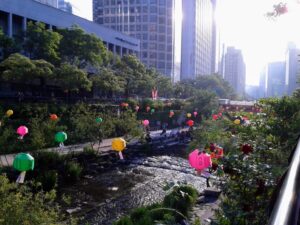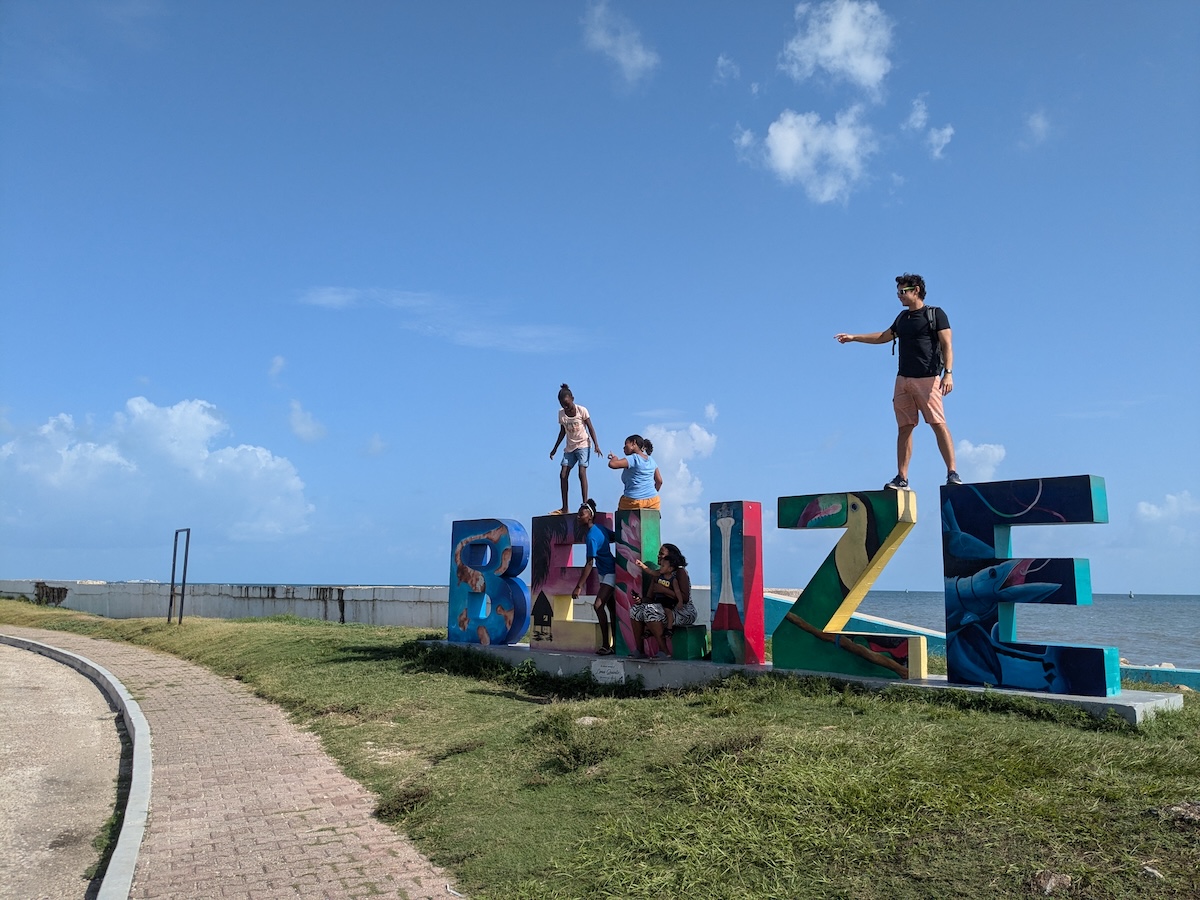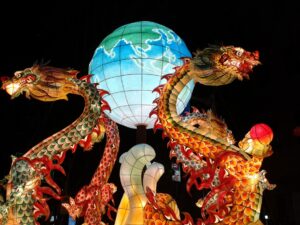Some places refuse to be simplified. They aren’t postcard-perfect or easily captured in trail summaries. They demand slow, deliberate movement through terrain that doesn’t yield to comfort or predictability. There are treks that stretch your lungs, but more rarely, there are ones that shift your internal alignment—subtly, but permanently. These are the trails that resist most forms of casual approach. They strip back your assumptions, impose new rhythms, and then, only after days of effort, offer moments of clarity so vast and unguarded that they border on disorientation.
What follows are five routes that do not cater to the masses or fit neatly into adventure reels. They don’t just reward persistence—they require it. Not as an endurance stunt, but because each one moves through terrain where risk is not aesthetic, and beauty isn’t ornamental. You earn every step. You learn to read the sky differently. And on the best days, the landscape reads you back.
K2 Base Camp & Gondogoro La: Precision and Presence
Stark, glacial, and monumental, the journey to K2 Base Camp is shaped as much by its verticals as its remoteness. There’s no steady build-up; within days, the Baltoro Glacier unfolds, hemmed in by granite spires that tilt reality. Trekking here means threading between collapsing moraine and shifting ice, eventually reaching Concordia, where multiple 8,000-meter peaks crowd the horizon. From there, the route continues to the Gondogoro La, a high-altitude pass that requires crampons, fixed ropes, and extreme focus. It’s here that you realize how much of this trek exists beyond metrics.
Everest Base Camp & Kala Patthar: A Slow Burn
This isn’t the high-speed highlight reel most associate with Everest. The real draw lies in how long it takes to get anywhere. From Lukla to Gorak Shep, the terrain lurches between forest and scree, suspension bridges and wind-blasted ridges. The altitude strips language down to essentials: breathing, pacing, observing. Kala Patthar delivers the visual apex, but it’s the in-between—stone walls, early light over Namche, the colorless sound of wind above 5,000 meters—that builds the internal altitude.
The Snowman Trek: Endurance, Rewritten
Bhutan’s Snowman Trek is a commitment from the first hour. Over three weeks, trekkers cross 11 passes in some of the most isolated alpine territory in the world. The landscape is mercurial—crystalline mornings dissolve into whiteouts by afternoon. But the rhythm eventually settles: wake, climb, descend, sleep. The body adjusts. The mind does too, quietly, until even the act of walking becomes elemental.
Patagonia’s W: Tension in the Wild
Nothing about Patagonia allows for indifference. The W Trek folds through Torres del Paine in an act of constant negotiation. The terrain isn’t brutal, but the weather plays hard. It can turn celebratory moments into survival calculations in under a minute. That volatility forces presence. The route’s appeal isn’t in its prestige—it’s in how raw and uncurated it feels even on its most photographed days.
Annapurna Circuit & Thorong La: Through Shifting Worlds
The Annapurna Circuit reveals itself in layers. Dense rice terraces give way to arid river gorges; prayer wheels rattle in stone villages miles from roads. Thorong La, the highest point, is only part of the equation. What stays with you is how much changes underfoot as you ascend. Every corner introduces a different altitude logic—wind patterns, sunlight angles, animal tracks—and all of it reinforces that you’re not moving through a single environment, but a spectrum of elevations with their own subtle demands.
Not all rewards come at the summit. Often, it’s the liminal moments—ice cracking beneath your boots, a brief lull in the wind, the color of dust at 4,000 meters—that carry the real weight. These five treks aren’t defined by danger, though there’s plenty of it. They’re defined by the intensity of encounter. Terrain, weather, and scale become collaborators, not obstacles. You don’t leave unchanged—because you’ve spent too long in places where the world isn’t arranged for you, and where, unexpectedly, that becomes a kind of relief.







